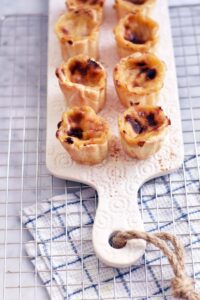I fell in love with their custard tarts, pasteis de nata and made them at home again and again and again. Lisbon, Portugal has been on my list for a while. During my trips I discovered Lisbon’s beautiful architecture, lovely tiles and yummy food and wine.
PASTEIS de NATA – these Portuguese custard tarts are available everywhere but only 1 bakery can call them Pasteis de Belem, named after that area of Lisbon and this since 1837. Worth standing in line for! I tried making them myself and apart from not having a muffing tin ( seriously) I used a canele mold, so the shape of my pasteis are not traditional but they are surprisingly easy to make.
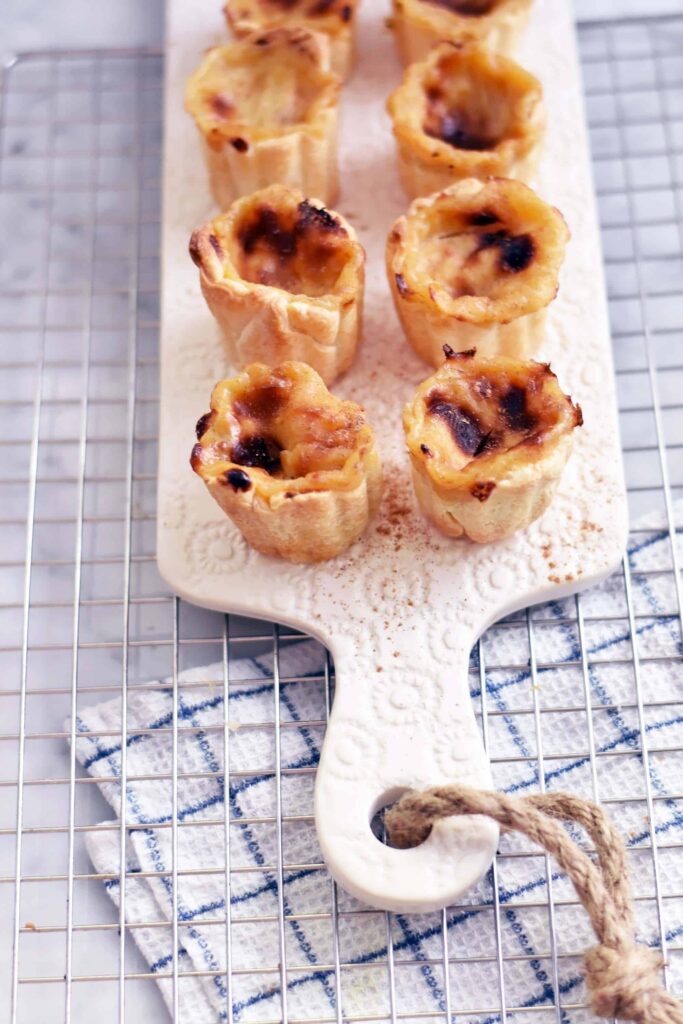
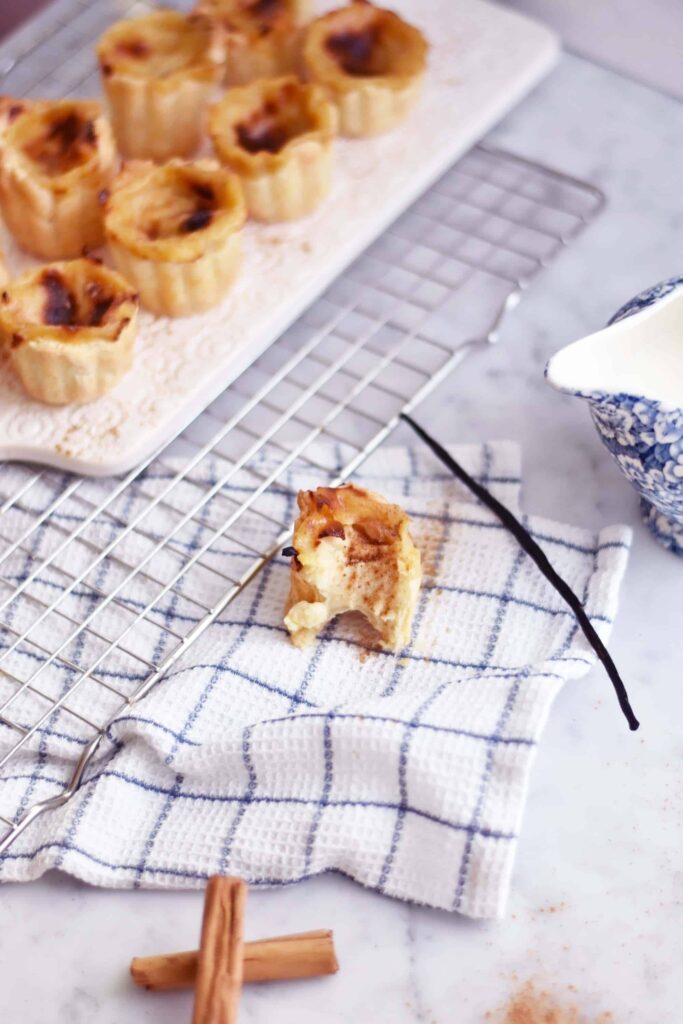
I may have said it before, this year I plan to discover places I have not been. I shared my hotspots in Barcelona in the spring – read it here. Let me share with you my adventures in Lisbon.
LAY YOUR HEAD – The choices any traveler has these days is huge when it comes to lodging from Hotel,to AIR B&B, B&B, guest house and etc. This time I choose a budget friendly recently renovated hotel at the edge of the city. What swayed me to book online was the rate, the look of the room and the rooftop pool view. The 3 star hotel HF Fenix Music delivered on its promise: budget friendly, large and quite rooms, lovely BIG shower, comfortable bed, great rooftop views, friendly staff and a great breakfast. what more do you want?
GETTING AROUND – “Uber is my friend”, definitely the nicest drivers ever, it felt like having a friend drive me around. Nothing is that far away so fares were very cheap ( 90% of our trips were less than 5 euros including tip) so we used Uber for all our movements. This allowed us to cover quite some ground in minimal time.
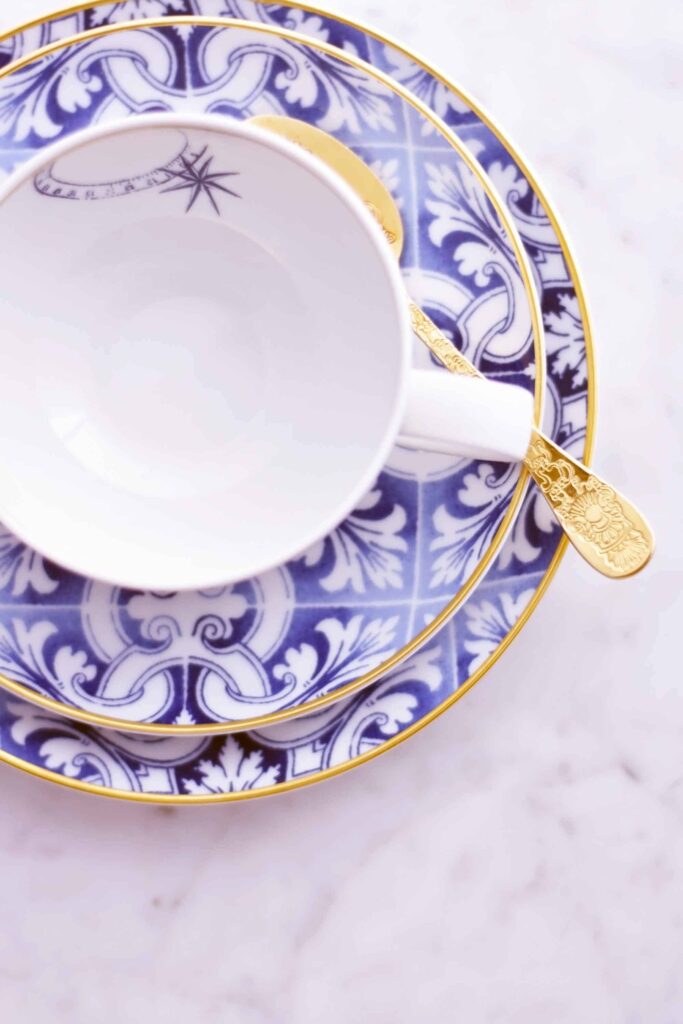
BE A TOURIST – it may sound incredible touristy but we had a blast taking a motored tuktuk and private guide buzzing around the old town. Angelo showed us the beautiful sites, told us great historical stories and explained how the city’s diversity today still reflects the passing of conquerors over the past hundreds of years. The Portuguese are incredibly friendly and inviting, and for some reason they all seem too speak French better than English.
FOOD – The Mediterranean bounty and the diversity in culinary influences gives the Portuguese food a distinct richness in flavours. I sampled traditional and simple home made cooking, indulged in lovely flavour combinations and discovered seasonal waste-conscience dining. (thank you Noel for the recommendations)
Restaurant Horta dos Brunos – where fresh fish and meat are traditionally prepared and where after 2 minutes you are part of the family; a real neighborhood place.
Duplex Restaurant – Where trendy European deco meets good food and surprising flavour combos. The bar downstairs serves lovely cocktails if you wish to extend your night out.
Prado Restaurant – “basically if it is not in season, it is not on our table” This philosophy is soo up my alley! The food was delish, some flavour combos were quite foreign to me, pushing me outside of my comfort zone (which i love) but it did result in not finishing one of the dishes. The organic and natural wines were a great discovery. I loved the “green” interior design, very minimalist yet convivial. I would recommend you try it!
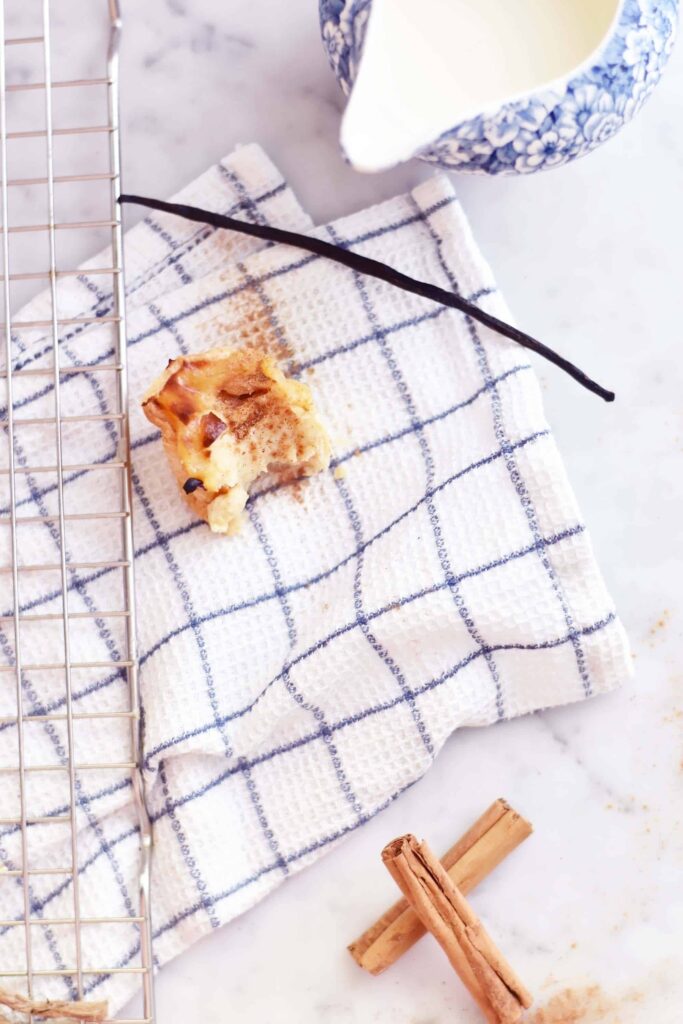
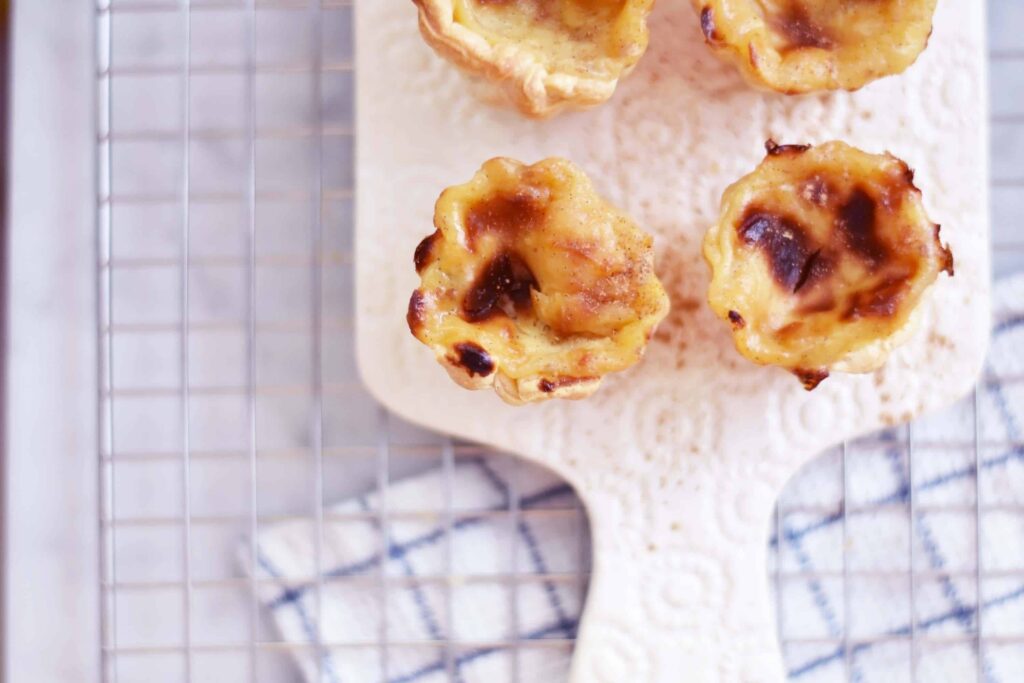
SHOPPING – of course like any major capital in Europe all fashion brands are represented with stores or multi brand shopping malls ( love the spanish department store El Corte Ingles ). I could not resist adding to my tea cup collection with a modern interpretation of the blue and white dishware by Vista Alegre from the transatlantic collection. (thank you Laurence for the early bday present)
We also discovered a fabulous Portuguese fashion and design shop in an old Arab palace: Embaixada. Barru pottery was one of the brands sold, I got a beautiful ceramic gourmet board, they are using traditional tile design in a new modern way. I wanted to buy everything in the store!
FLEA MARKET – We strolled around the eclectic flea market Feira da Ladra, held every Tuesday and Saturday morning in Alfama, selling bric-a-brac and tourist treasures. I enjoyed people watching at one of the cosy organic breakfast spots.
PORT – I have long been a fan of this fortified wine but knew very little about it. I had a little tasting and learning session in the food court Mercado da Ribeira . I learned there are 2 types of port: Vintage port and twany port. Vintage port remains in oak barrels up to 2 years only and age well in bottles. Vintage port should rest on its side in order to keep the cork moist, there is a white paint mark on the bottle to indicate the upside. Once opened it needs to be consumed in 2 to 3 days and kept cool.
Twany port enjoys a along maturation in wooden casks generally over 10 years and has been exposed to oxidation hence when opened can be preserved in the fridge up to 1 or 2 months.
Portuguese custard tarts - pasteis de nata
Yield 12 tartlets
Ingredients
- 1 whole egg
- 2 egg yolks
- 115 gr golden caster sugar
- 2 tablespoon cornflour
- 400 ml full fat milk
- 1 vanilla bean, cut lengthwise and vanilla seeds scrapped out
- 1 sheet puff pastry ( shop bought)
Instructions
- Put the egg, egg yolks, sugar and cornflour in a pan and mix well, gradually add the milk until mixture is well mixed.
- Place the pan on medium heat and stir constantly until the mixture thickens and comes to the boil. Add the vanilla seeds and the bean. Remove the pan from the heat and pour in a glass or ceramic chilled bowl to cool. Cover with cling film to avoid skin forming, and refrigerate.
- Lightly grease a 12 hole muffin tin. Pre heat the oven to 180C degrees.
- Roll out the puff pastry and cut out disks of about 10 cm diameter and press them into the muffin tin.
- Spoon in the cold custard, bake for 20 - 25 minutes until golden. Serve when slightly cool with a dusting of cinnamon.
Notes
on www.leeksandhighheels.com by Sandra Slawinski
Written and photographed by Sandra Slawinski without commercial deals.

